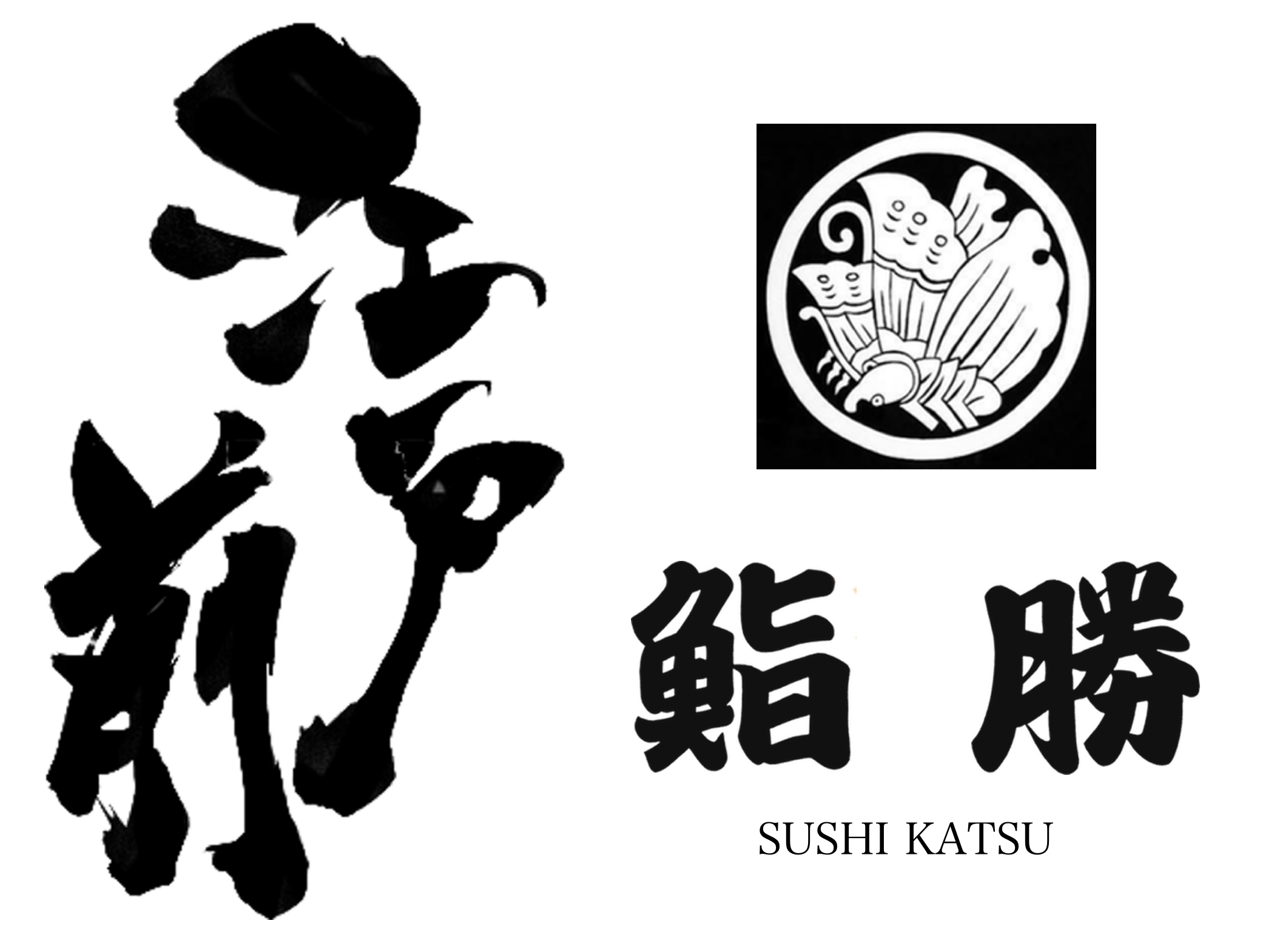What exactly is the definition of sushi?
Generally, three types of sushi—Matsuga-zushi, Kenuki-zushi, and Yohei-zushi—are known as the “Edo Three Sushi.” It is said that Hanaya Yohei (Koizumi Yohei) invented nigiri sushi around 1818 to 1830 and opened a sushi restaurant called “Hanaya” in what is now Ryogoku, Tokyo. This is considered the beginning of sushi culture.
So, what exactly is the definition of sushi?
Taste exists to help determine whether food is good or bad for the body. Amino acids in the cells of plants and animals can be transformed through fermentation into essential nutrients like vitamins and dietary fiber, or through decomposition into harmful substances such as ammonia or amines.
Then, how did nigiri sushi become a popular delicacy in the Edo period, a time when there was no electricity or refrigeration? If decomposition and food poisoning couldn’t be prevented, nigiri sushi would never have been loved by the common people of Edo.
The tools that the craftsmen use for preparation are salt, vinegar, and water.
The cause of the fishy smell in fish is due to bacteria breaking down trimethylamine oxide in fish cells, which produces trimethylamine—a gas that causes the fish to spoil. This trimethylamine oxide is characterized by its volatility, alkalinity, and water-soluble nature.
Vinegar is acidic and can neutralize the alkaline trimethylamine oxide.
In Edo-mae sushi, there is a strict rule to “only use fish from the sea.” Fish on Earth can be broadly divided into “freshwater fish” and “saltwater fish.” Saltwater fish have evolved to adapt to the high salinity of seawater, so in a low-salinity freshwater environment, excess water flows into their bodies due to osmotic pressure, making it impossible for them to survive.
The craftsmen turned this system to their advantage. By letting water into the cells and applying salt, they were able to discharge trimethylamine oxide along with the water. This “pH control” technique allowed them to remove a certain amount of trimethylamine oxide from the cells.
As a result, the craftsmen skillfully utilized vinegar, salt, and water to suppress the fishy smell and delay spoilage.
In addition, the technical background of sushi involves skillfully using the antagonistic relationship between fermentation and decomposition. The craftsmen developed techniques to suppress decomposition bacteria by ensuring that fermentation bacteria became dominant. Fermented foods not only had a longer shelf life, but the maturation of the food also progressed, bringing out well-balanced umami flavors beneficial to the body.
By pursuing the perfect balance between fish and vinegar-seasoned rice while eliminating unnecessary elements, a universal and timeless deliciousness was achieved.
These techniques and innovations allowed the common people of Edo to safely enjoy delicious sushi.
The birth of Edo-mae sushi was not just about creating a new form of nigiri sushi; it was a culmination of wisdom in preservation techniques and culinary methods, based on the aesthetics of “the ultimate subtraction,” aiming to master fermentation techniques and maximize the inherent flavors of the ingredients.
However, it is not widely known that the terms “NIGIRI,” “ROLL,” and “SASHIMI,” which have now become global terms, were created by Edo-mae sushi.
But what raises a question here is the claim that “women cannot work at the sushi counter because their body temperature is too high.” What about the practice of those “chefs who are concerned about body temperature” providing sushi that has been seared at thousands of degrees? When sushi is seared at such high temperatures, bacteria and yeast are instantly killed, and the enzymes produced by fermentation that are beneficial to the body are destroyed. Considering that the nutritional value is thus lost, one might question the validity of such aesthetics.


